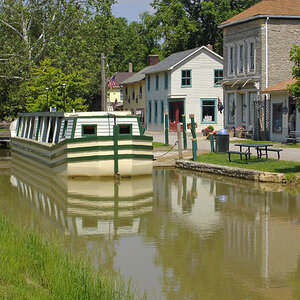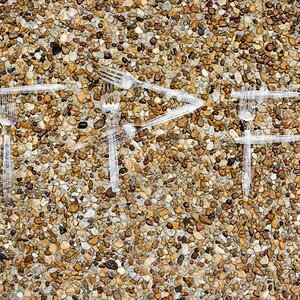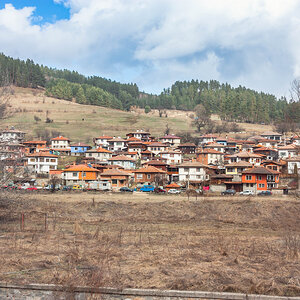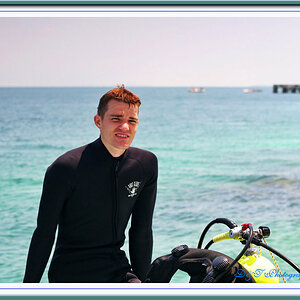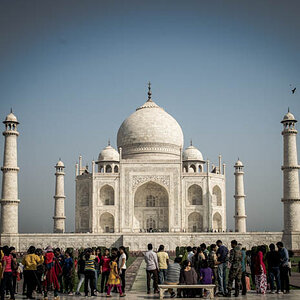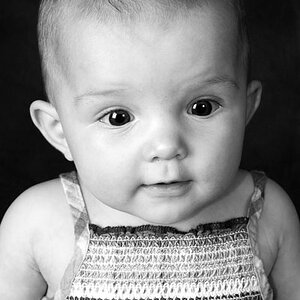burtharrris
TPF Noob!
First, two facts:
a) Shorter lenses distort the image, giving it the wide angle feel. It usually gets noticable at 24mm and below.
b) On a small sensor camera, it takes a crop out of the larger availible image.
So using this logic, even though a 30mm lens will give the standard view (like a 50mm on a full-frame sensor), it will have some image distortion. As I use smaller and smaller lenses, it should get worse. Is this correct?
And lastly, if I were trying to get a full-frame equivalent of 28mm, I would need to use an 18mm lens. This is usually down in fisheye range, with incredible perspective change. Do wide-angle digital specific lenses correct for this fisheye distortion?
As always, thanks!
a) Shorter lenses distort the image, giving it the wide angle feel. It usually gets noticable at 24mm and below.
b) On a small sensor camera, it takes a crop out of the larger availible image.
So using this logic, even though a 30mm lens will give the standard view (like a 50mm on a full-frame sensor), it will have some image distortion. As I use smaller and smaller lenses, it should get worse. Is this correct?
And lastly, if I were trying to get a full-frame equivalent of 28mm, I would need to use an 18mm lens. This is usually down in fisheye range, with incredible perspective change. Do wide-angle digital specific lenses correct for this fisheye distortion?
As always, thanks!




